Relocation Provisions in Commercial Leases
In commercial leasing, a key aspect that can significantly impact both landlords and tenants is the inclusion of relocation provisions. These provisions grant the landlord the right to relocate a tenant within the same building or complex. While relocation rights can provide flexibility for landlords to manage their property, they also raise important considerations for tenants regarding business continuity and operational costs. This article explores the nature of relocation provisions, key considerations in negotiating such clauses, and the potential implications for both parties.
What Is a Relocation Right?
A relocation right, sometimes referred to as a “relocation clause,” is a provision in a commercial lease that allows the landlord to move a tenant from their current leased space to another location within the same property. This right is typically reserved to accommodate various landlord needs, such as consolidating spaces, accommodating larger tenants, or reconfiguring the building’s layout for operational efficiency.
The specific terms of a relocation right are detailed in the lease agreement, including the circumstances under which the landlord may exercise this right, the process for relocating the tenant, and any compensation or adjustments that may be required.
Important Considerations in Negotiating a Relocation Right
When negotiating a relocation provision, both landlords and tenants should consider several key considerations including the size and condition of the relocation premises, the floor location, relocation and moving costs, and rent adjustments.
1. Size and Condition of the Relocation Premises
One of the most critical aspects of a relocation right is the extent to which the new premises must be comparable to the original space in terms of size and condition.
Considerations:
– Comparable Space: The lease should specify the extent to which the new premises must be of comparable size, layout, and functionality to the original space. This ensures that the tenant can continue their operations with minimal disruption. In making these destinctions, the parties must keep in mind the potential alternate location available within the property and which of these locations would or would not be acceptable.
– Condition and Quality: The lease should specify the extent to which the condition of the relocated premises must match that of the original space. This includes the quality of finishes, amenities, and any improvements previously made to the tenant’s original location. The parties must think about and allocate any costs required to bring a replacement space up to the condition of the existing space, including both improvements made by the landlord and any alterations made by the tenant.
2. Floor Location of the Relocated Premises
The floor location within a building can significantly impact a business, this is true both for retail tenants who rely on visibility and accessibility and also for office tenants that tend to value higher floors with better views.
Considerations:
– Visibility and Accessibility: For retail tenants, being moved to a less visible or accessible location can lead to a loss of foot traffic and revenue. The lease should address the importance of maintaining a similar level of visibility and accessibility, especially if the original space is on a high-traffic floor or near key building entrances. Office tenants that particularly value the views available for their present location, may seek to limit relocation spaces to those on the same floor or higher, or located on the same side of the building.
– Proximity to Key Facilities: The new premises should ideally be located near essential facilities, such as elevators, restrooms, and building exits, to ensure convenience for employees and customers. If any of these facilities are of particular importance to a tenant, the lease may put limits on how far away a tenant can be relocated from such critical facilities.
3. Relocation and Moving Costs
The costs associated with relocating a business can be substantial, including expenses for moving equipment, setting up new IT infrastructure, printing new marketing materials, and potential business interruption.
Considerations:
– Responsibility for Costs: It is common for the lease to specify that the landlord will bear all reasonable costs associated with the relocation. This includes moving expenses, costs for installing new fixtures and equipment, and any modifications necessary to make the new space suitable for the tenant’s operations. Landlords may seek to impose a cap on the amount of reimbursable relocation costs.
– Business Interruption: Tenants should negotiate provisions that minimize the impact of relocation on their business operations. This may include agreeing on a timeline for the move that accommodates the tenant’s schedule or compensating the tenant for any downtime or business interruption caused by the relocation.
4. Rent Adjustment
Relocation may necessitate a reassessment of the rent, particularly if the new premises differ in size or quality from the original space.
Considerations:
– Rent Reduction or Adjustment: If the new premises are smaller or less desirable, tenants may seek a corresponding reduction in rent. Conversely, if the new space is larger or offers additional amenities, the lease may allow for a reasonable rent increase.
– Rent Review Mechanism: The lease should outline a clear mechanism for adjusting the rent, taking into account market rates and the specific characteristics of the new premises. This mechanism helps ensure that the rent remains fair and reflective of the value of the new space.
Tenant and Landlord Perspectives
Tenant Considerations:
For tenants, relocation provisions can pose significant challenges, particularly in maintaining business continuity and managing relocation costs. Tenants should carefully negotiate these provisions to ensure that any relocation does not adversely affect their operations. Key concerns include ensuring that the new space is comparable in quality and functionality, that relocation costs are covered by the landlord, and that any rent adjustments are fair and transparent.
Landlord Considerations:
From a landlord’s perspective, relocation provisions offer flexibility to optimize building occupancy and accommodate changing tenant needs. They can be particularly useful in managing space for new or expanding tenants, reconfiguring the property layout, or addressing maintenance and renovation needs. However, landlords must also consider the potential impact on tenant relationships and the need to provide adequate compensation and support to minimize disruption.
Conclusion
Relocation provisions in commercial leases are a valuable tool for landlords but require careful consideration and negotiation to protect tenant interests. Ensuring that the terms of the relocation are clearly defined and that both parties understand their rights and obligations is crucial. For tenants, it is important to secure comparable premises, cover relocation costs, and address potential rent adjustments. For landlords, these provisions provide operational flexibility while balancing the need to maintain positive tenant relationships.
As with any complex lease provision, consulting with legal counsel experienced in commercial real estate can help ensure that relocation clauses are appropriately drafted and negotiated. By carefully addressing the various considerations associated with relocation rights, both landlords and tenants can navigate these provisions with clarity and confidence, fostering a stable and mutually beneficial leasing relationship.



